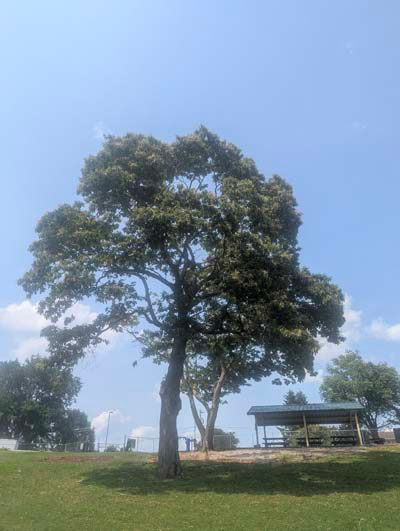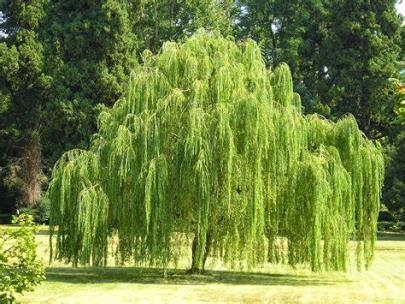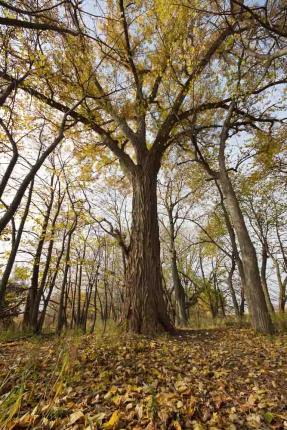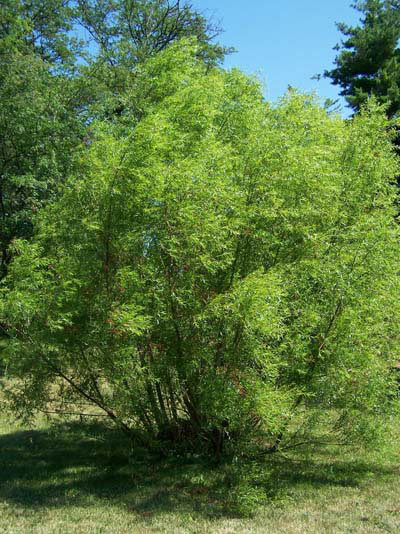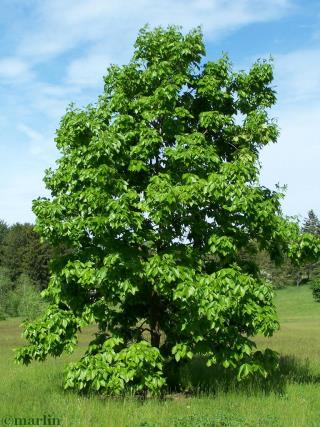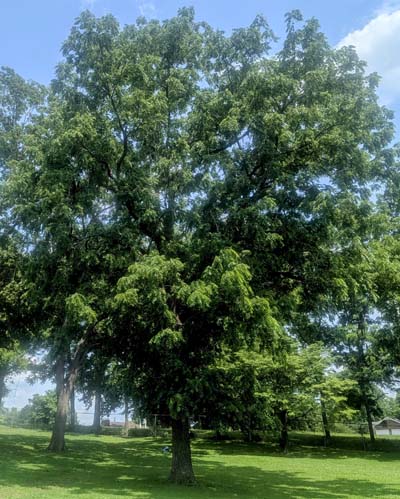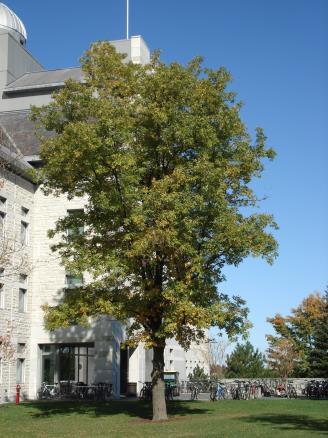Chinese Chestnut
Chinese Chestnut – Castanea mollissima Beech Family (Fagaceae)The smell of the flower might be offensive to some people. The nut is edible, attracts wild life, but use caution when handling it because it is spiny.1 It is native to China and is widely known for its delicious and nutritious chestnuts. This tree can grow up…

